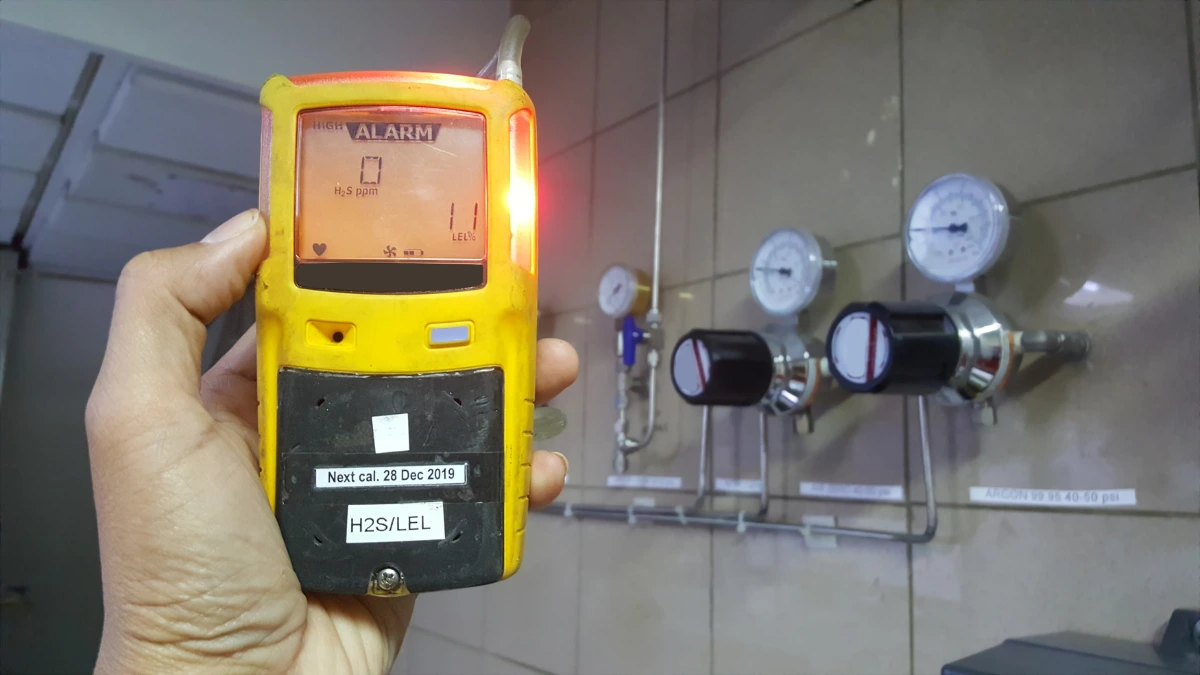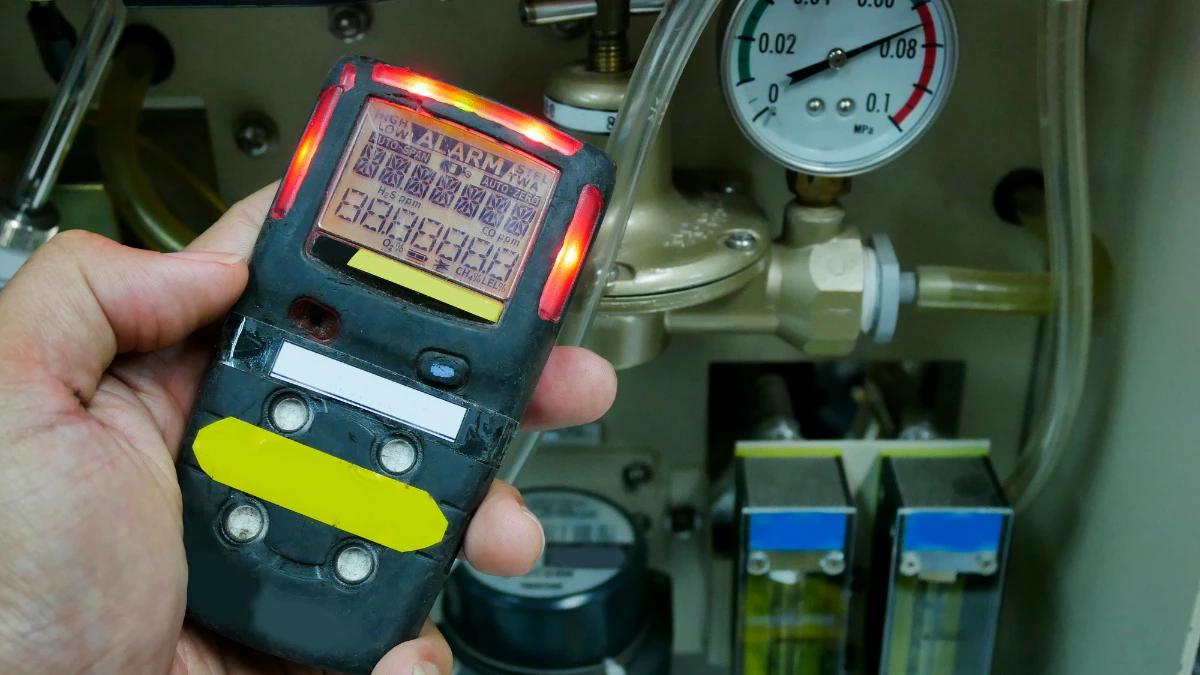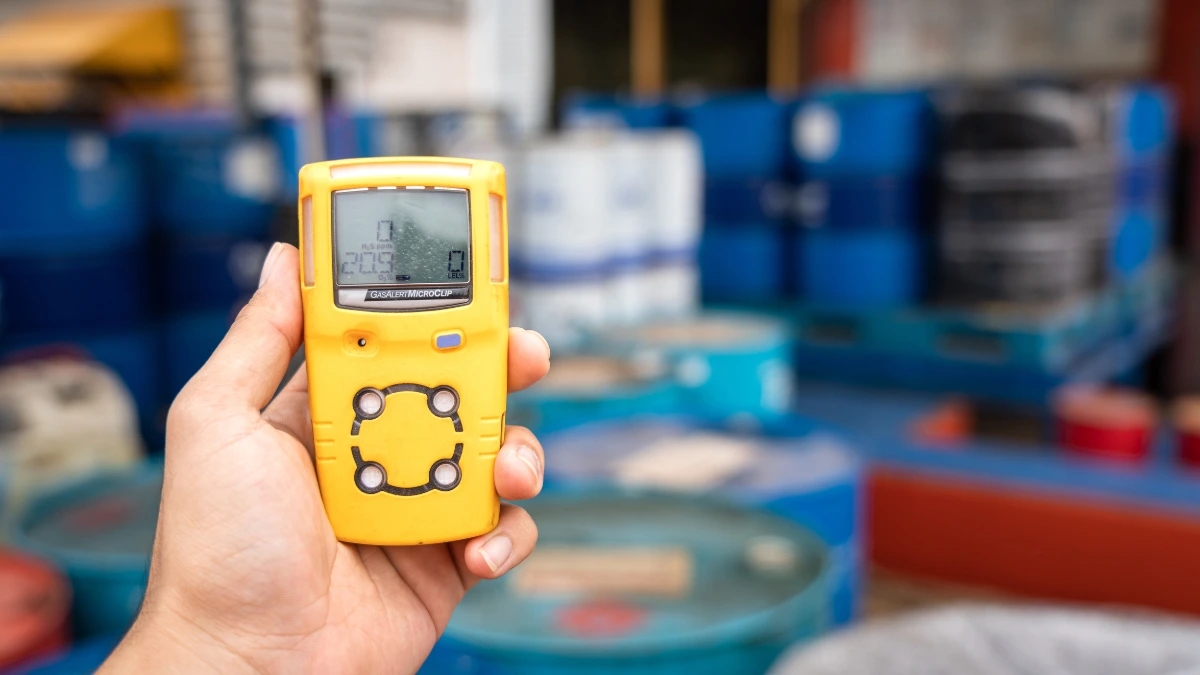A multi-gas detector is a type of gas detection device that can detect the presence of any type of hazardous gases that could potentially pose a risk to the environment due to leaks.
The application of a multi-gas detector includes confined spaces and the industry. Moreover, the benefits include being able to detect various types of gas, improving emergency response efficiency, and compliance with safety standards.
This article will give you information about a multi-gas detector, including its application, the benefits, and the types of gas that can be detected.
What is a Multi-Gas Detector?

As the name suggests, a multi-gas detector can detect more than one gas threat. This device is more commonly used in enclosed spaces, as they are more likely to be exposed to multiple types of gas simultaneously.
A multi-gas detector combines multiple sensors, such as electrochemical and catalytic sensors, into a single device, making it suitable for protecting against various types of gas threats, such as hydrogen sulfide (H₂S), methane (CH4), and carbon monoxide (CO).
The Application of a Multi-Gas Detector
With so many multi-gas detectors available, each with its specific use, here an example application:
- Confined spaces: Commonly used in tanks, sewers, and underground work areas.
- Industry: Commonly used in the oil and gas, mining, chemical, and manufacturing industries.
- Firefighting: Commonly used at fire sites to detect various hazardous gases.
The Benefits of a Multi-Gas Detector

Using a multi-gas detector provides many benefits, especially for being able to detect various types of gas, improving emergency response efficiency, and compliance with safety standards. Here are some of the main benefits:
1. Able to detect various types of gas
Unlike single gas detectors that can only detect one specific gas, multi-gas detectors can detect various hazardous gases simultaneously. So there is no need to worry about the risk of toxic gases of any kind.
2. Continuous monitoring of work areas
Continuous monitoring of work areas is another benefit of using this detector. Its ability to detect various types of hazardous gases is particularly useful in work areas such as oil refineries, mines, chemical plants, and confined spaces.
3. Improving emergency response efficiency
A multi-gas detector provides real-time data and issues early warnings in case of gas leaks or other emergency conditions. This will certainly assist emergency response teams in anticipating situations more quickly and effectively.
4. Preventing fires and explosions
With its ability to detect flammable gases, this detector helps prevent potential fires and explosions. Of course, this tool is very useful as a fire and explosion prevention tool in work areas that are at high risk of gas leaks.
5. Compliance with safety standards
Another benefit of the multi-gas detector is compliance with safety standards. By using a multi-gas detector, companies can avoid legal penalties, as they will have met applicable workplace safety standards and regulations.
The Types of Gas That Are Detected by a Multi-Gas Detector

A multi-gas detector can detect more than one gas threat. Here are the main types of gas that can be detected:
- Carbon dioxide (CO2)
- Nitrogen (N2)
- Oxygen (O₂)
- Carbon monoxide (CO)
- Hydrogen sulfide (H₂S)
- Ammonia (NH3)
- Methane (CH4)
- Propane (C3H8)
- Butane (C4H10)
Conclusion
Those are the definitions, applications, benefits, and types of gas that can be detected by a multi-gas detector that you need to know.
This detector tool is specifically designed for confined spaces, industry, and firefighting.
This type of gas detection is able to detect various types of gas, improving emergency response efficiency and compliance with safety standards.
With this device, any type of hazardous gas can be detected, eliminating the need to worry about the various dangers posed by toxic gases.